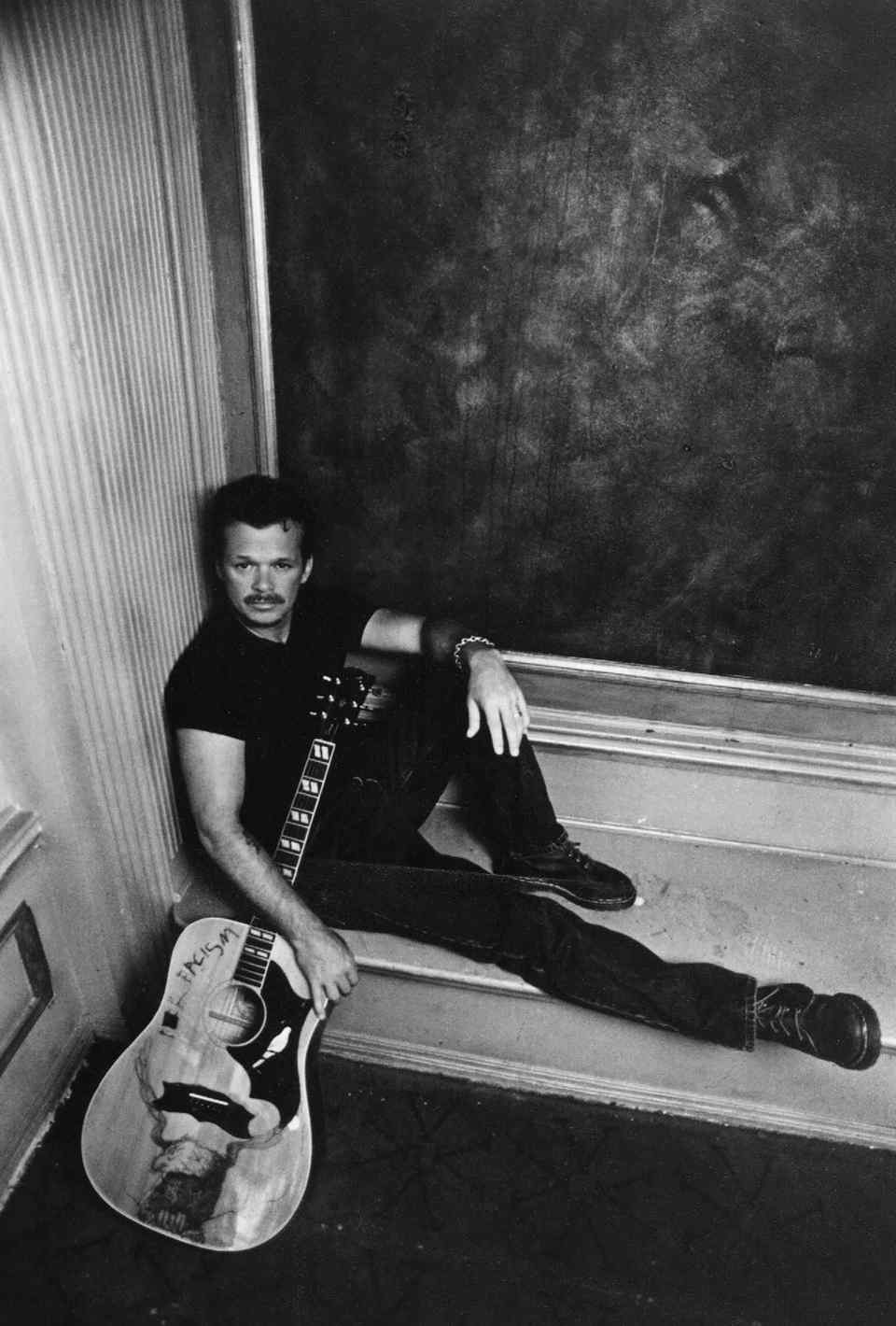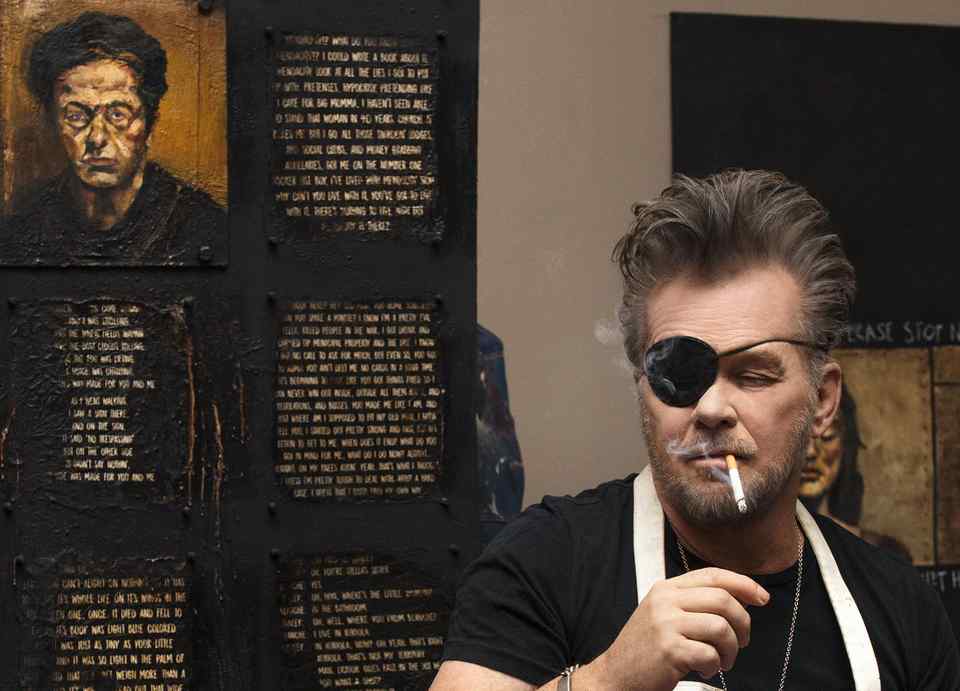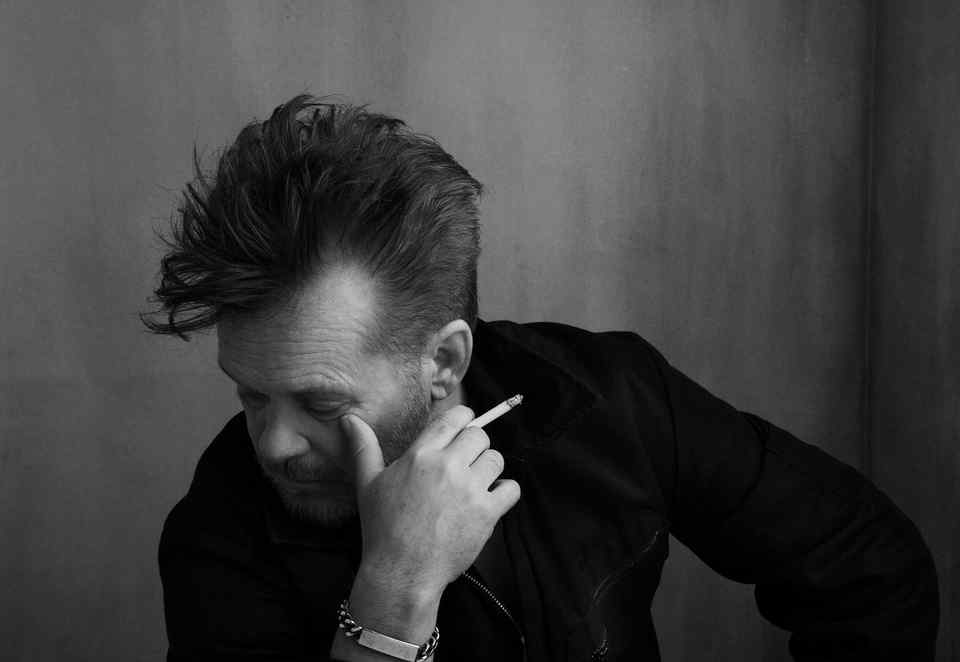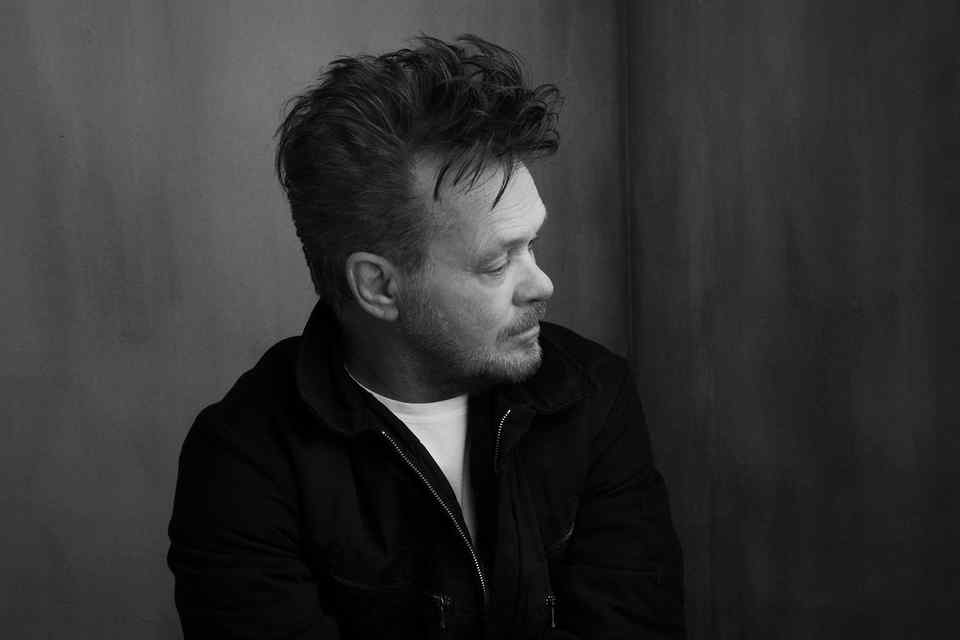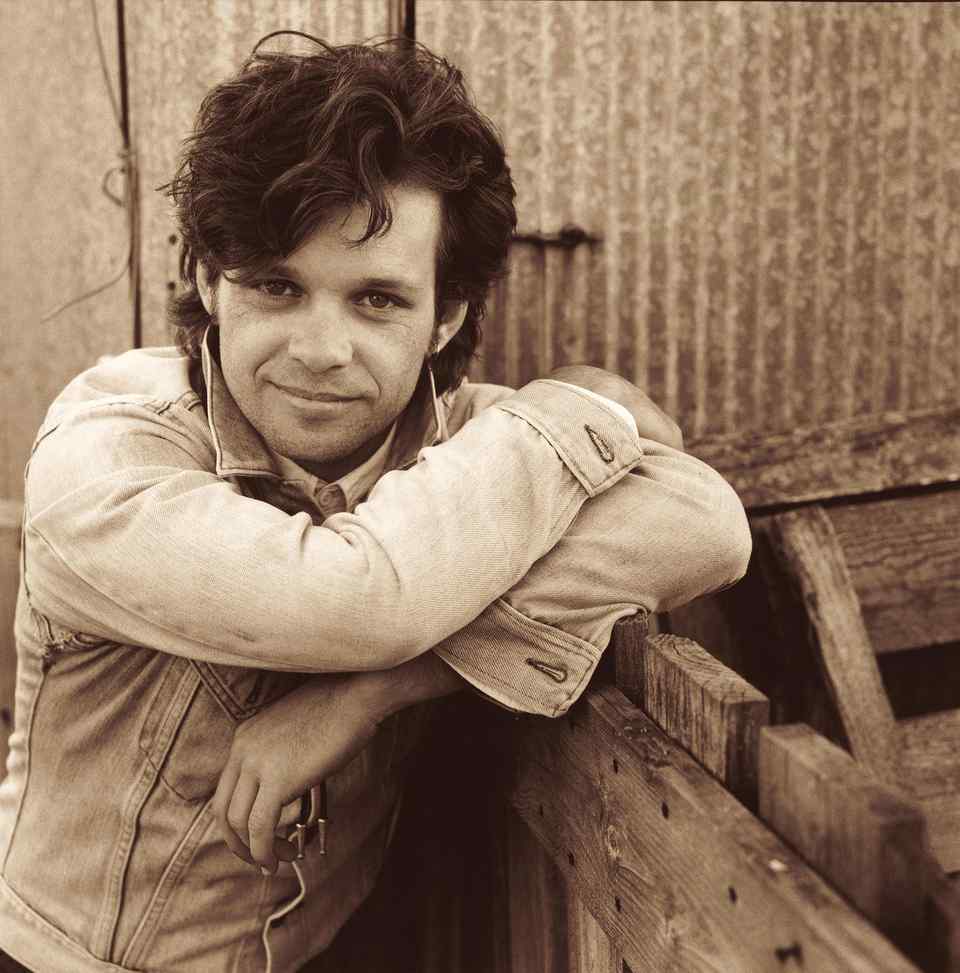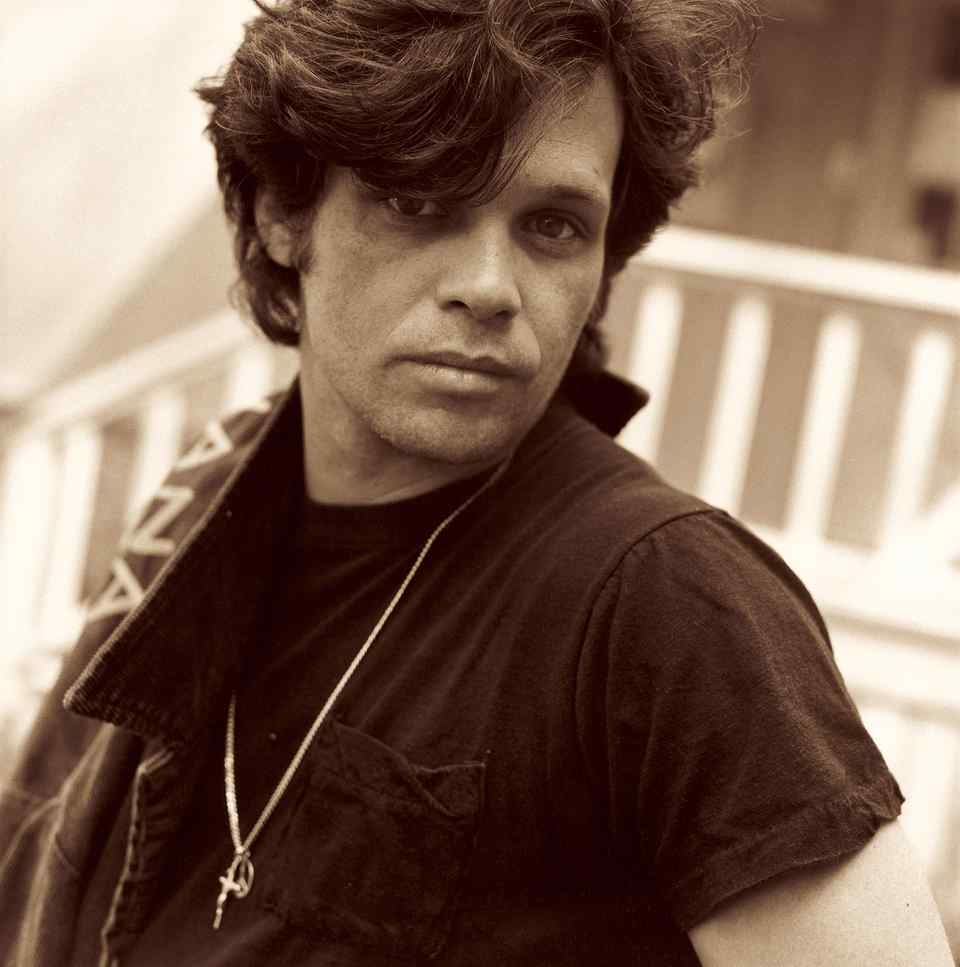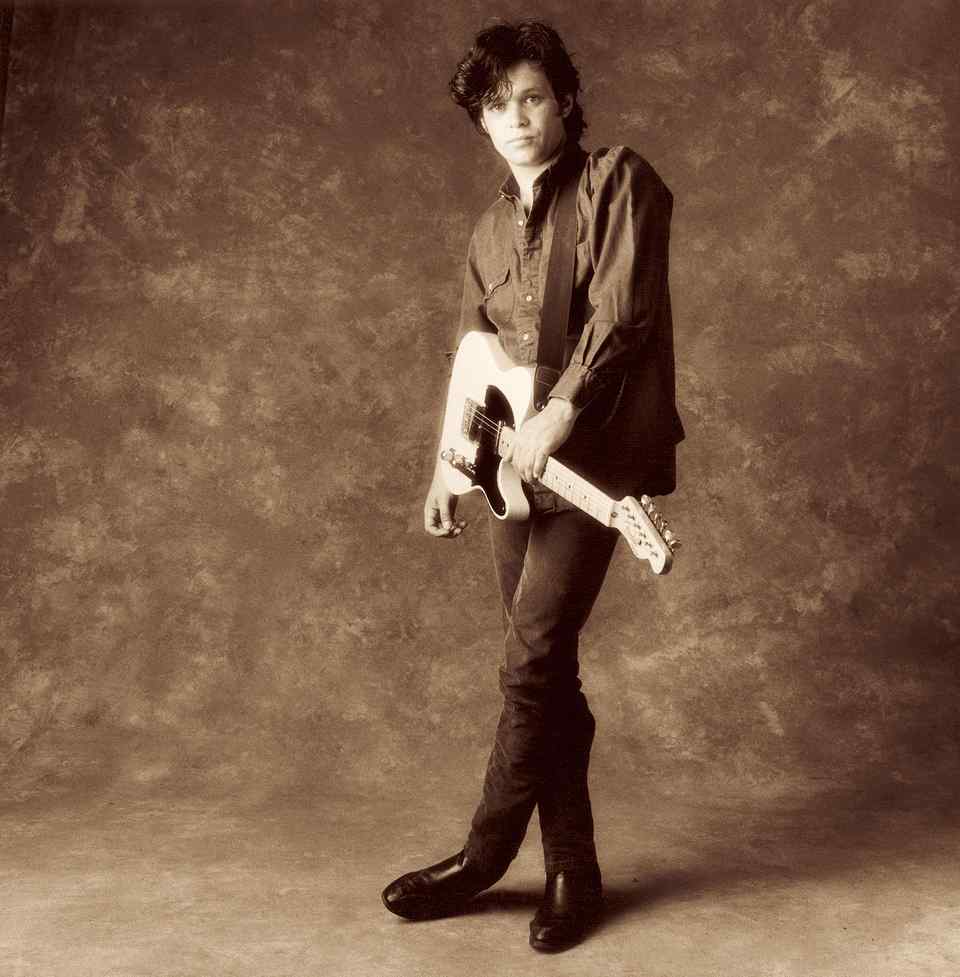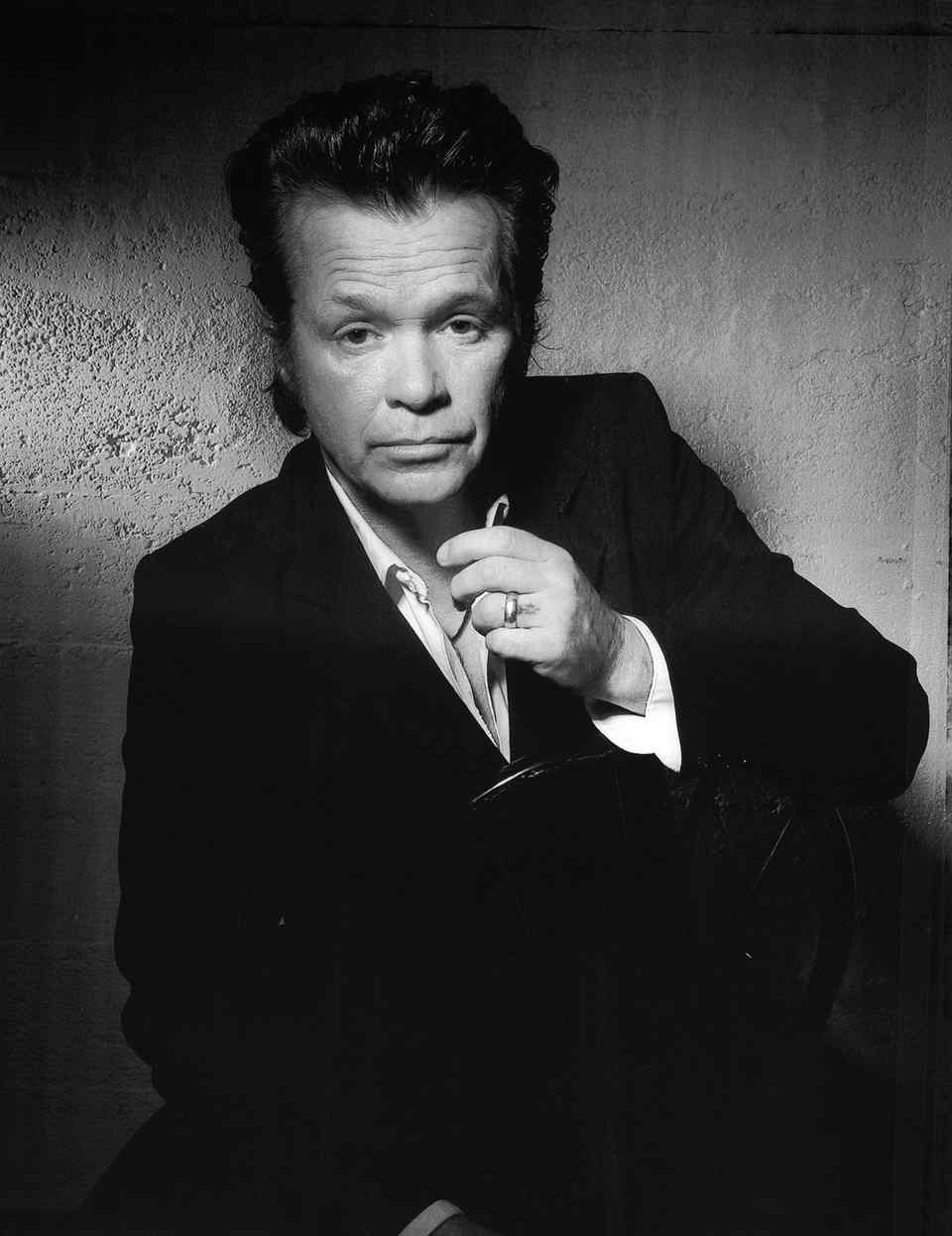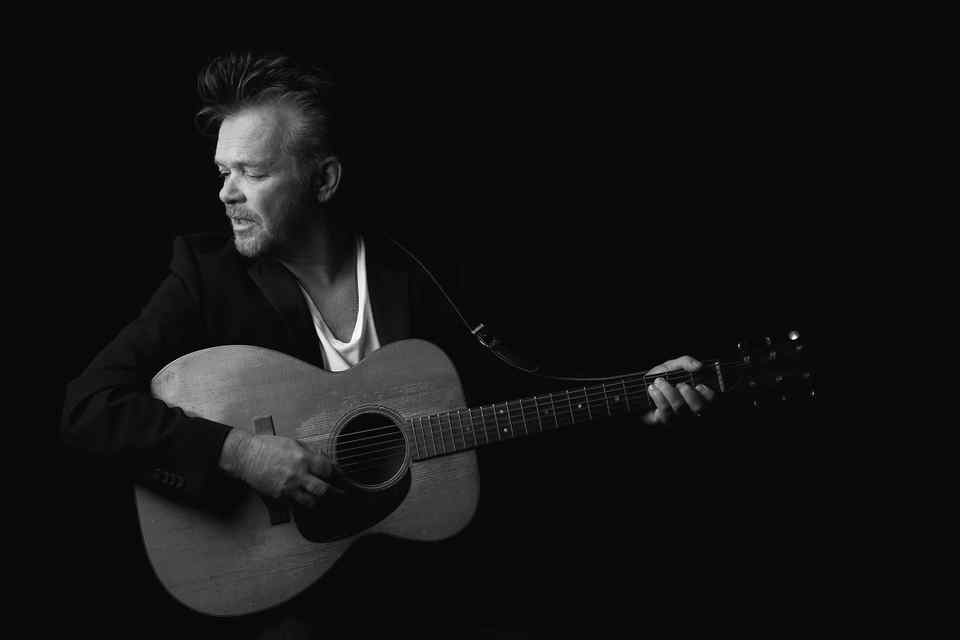New York Times: On This Rock ’n’ Roll Tour of the Heartland, a Sobering Survey of Old America
On This Rock ’n’ Roll Tour of the Heartland, a Sobering Survey of Old America
New York Times By Stephen Holden
“The decay of America is original and massive in its scale,” reflects Kurt Markus, the esteemed photographer, who, with his son, Ian, filmed the small, pungent rock ’n’ roll tour documentary, “John Mellencamp: It’s About You.”
Stark evidence of that assessment is strewn throughout this very personal record of the 2009 summer tour of Kurt Markus’s friend, the Indiana-born rocker John Mellencamp, with Bob Dylan and Willie Nelson. Celebrated for his pictures of Western landscapes and the vestiges of old-time cowboy culture, Kurt Markus is a kindred spirit of Mr. Mellencamp, whom he has known for two decades.
They share a despairing vision of the decline of Main Street, U.S.A., which the film portrays as a decrepit wasteland of crumbling storefronts and empty streets. As Kurt Markus points his Super 8 camera out the car window, surveying these heartland ghost towns, he laments the disappearance of traditional small-town life.
When the tour passes through Littlefield, Tex., hometown of the country-music star Waylon Jennings, who died in 2002, the camera fixes on a water tower with Jennings’s name on it. Today it looms like a cemetery marker.
“It’s as if an epidemic, a plague rolled through and everyone died in a few weeks,” Kurt Markus says, calling Littlefield “a Texas Pompeii.”
Neither he nor his son, who is credited as co-director and photographer, are shown. Nor are Mr. Dylan and Mr. Nelson. Kurt Markus does not interview Mr. Mellencamp, whose music fills the soundtrack. He doesn’t visit Mr. Mellencamp’s bus to capture an insider’s view of the tour. The “you” in the film’s title is Kurt Markus, and his sporadic commentary has the oracular tone of a prose poem.
The documentary divides its time between concert footage and stopovers during which Mr. Mellencamp recorded his spare, cranky roots album, “No Better Than This,” at three historic sites, using old-fashioned technology. Produced by T Bone Burnett, who plays guitars, “No Better Than This” was recorded with a single vintage microphone and a 50-year-old mono reel-to-reel tape recorder.
The first of the three sites is in Savannah, Ga., at the First African Baptist Church, which calls itself America’s oldest black church and was once a hiding place for runaway slaves. At the Sun Studio in Memphis, Mr. Mellencamp and his musicians play with a twangy ferocity, overlooked by pictures of Elvis Presley and other rockabilly pioneers, whose images jack up their excitement. The third destination is Room 414 of the Gunter Hotel in San Antonio, where Robert Johnson made his earliest recordings in 1936.
Because Kurt Markus’s Super 8 camera is the cinematic equivalent of a single microphone, the film’s look matches the scratchy quality of its ancient (by rock ’n’ roll standards) sound. The crudeness brings out the elemental quality of music that digs deeply into the soil of working-class American life in songs that express the defiance, despair and nobility of people who refuse to go down without a fight. The concert scenes in outdoor arenas are less successful because of the low fidelity.
Kurt Markus recalls growing up in Montana and the mystical experience of hearing music on the radio wafting from thousands of miles away, and the songs on “No Better Than This” convey this wondrous sense of mystery. It is the essence of what the critic Greil Marcus, musing on Bob Dylan and the Band’s “Basement Tapes,” called the “old, weird America.”
New York Times By Stephen Holden
“The decay of America is original and massive in its scale,” reflects Kurt Markus, the esteemed photographer, who, with his son, Ian, filmed the small, pungent rock ’n’ roll tour documentary, “John Mellencamp: It’s About You.”
Stark evidence of that assessment is strewn throughout this very personal record of the 2009 summer tour of Kurt Markus’s friend, the Indiana-born rocker John Mellencamp, with Bob Dylan and Willie Nelson. Celebrated for his pictures of Western landscapes and the vestiges of old-time cowboy culture, Kurt Markus is a kindred spirit of Mr. Mellencamp, whom he has known for two decades.
They share a despairing vision of the decline of Main Street, U.S.A., which the film portrays as a decrepit wasteland of crumbling storefronts and empty streets. As Kurt Markus points his Super 8 camera out the car window, surveying these heartland ghost towns, he laments the disappearance of traditional small-town life.
When the tour passes through Littlefield, Tex., hometown of the country-music star Waylon Jennings, who died in 2002, the camera fixes on a water tower with Jennings’s name on it. Today it looms like a cemetery marker.
“It’s as if an epidemic, a plague rolled through and everyone died in a few weeks,” Kurt Markus says, calling Littlefield “a Texas Pompeii.”
Neither he nor his son, who is credited as co-director and photographer, are shown. Nor are Mr. Dylan and Mr. Nelson. Kurt Markus does not interview Mr. Mellencamp, whose music fills the soundtrack. He doesn’t visit Mr. Mellencamp’s bus to capture an insider’s view of the tour. The “you” in the film’s title is Kurt Markus, and his sporadic commentary has the oracular tone of a prose poem.
The documentary divides its time between concert footage and stopovers during which Mr. Mellencamp recorded his spare, cranky roots album, “No Better Than This,” at three historic sites, using old-fashioned technology. Produced by T Bone Burnett, who plays guitars, “No Better Than This” was recorded with a single vintage microphone and a 50-year-old mono reel-to-reel tape recorder.
The first of the three sites is in Savannah, Ga., at the First African Baptist Church, which calls itself America’s oldest black church and was once a hiding place for runaway slaves. At the Sun Studio in Memphis, Mr. Mellencamp and his musicians play with a twangy ferocity, overlooked by pictures of Elvis Presley and other rockabilly pioneers, whose images jack up their excitement. The third destination is Room 414 of the Gunter Hotel in San Antonio, where Robert Johnson made his earliest recordings in 1936.
Because Kurt Markus’s Super 8 camera is the cinematic equivalent of a single microphone, the film’s look matches the scratchy quality of its ancient (by rock ’n’ roll standards) sound. The crudeness brings out the elemental quality of music that digs deeply into the soil of working-class American life in songs that express the defiance, despair and nobility of people who refuse to go down without a fight. The concert scenes in outdoor arenas are less successful because of the low fidelity.
Kurt Markus recalls growing up in Montana and the mystical experience of hearing music on the radio wafting from thousands of miles away, and the songs on “No Better Than This” convey this wondrous sense of mystery. It is the essence of what the critic Greil Marcus, musing on Bob Dylan and the Band’s “Basement Tapes,” called the “old, weird America.”
